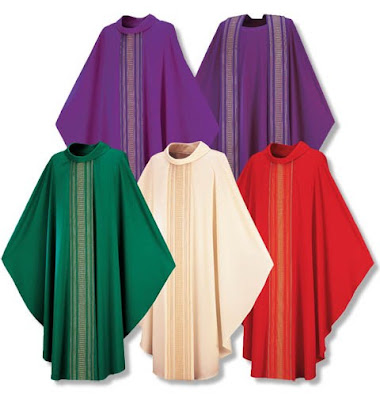St. Photios Greek Orthodox National Shrine
St. Augustine, Florida
February 10, 2022
Description:
St. Photios Greek Orthodox National Shrine is depicted to the first colony of Greek people who came to America in 1768. The shrine educates its visitors with exhibits that depict the life of early Greeks in America, the development of the Greek Orthodox Church, and the St. Photios Chapel. Special exhibits tell the story of the First Greek Colony in the New World. This freestanding exhibit contains various artifacts, photographs, and historical documents.
Exterior #1
Exterior #2
Artifact 1
This artifact above contains small pieces of bone (relics). They were received from the Vatican and gifted to the St. Photios Greek Orthodox National Shrine. The documents of authenticity were provided by the Vatican and the box containing the sacred relics (Reliquary) was gifted to the Shrine by Archbishop Iakovos. The small pieces of bones are of the saints, which include: St. Paul, St. Peter, St. Titus, St. Haralambos, St. Anthony the Great, St. Ambrose, St. Athanasios the Great, St. Basil the Great, St. Constantine, St. Cyril of Jerusalem, St. Gregory of Jerusalem, St. Gregory of Nanzianzos, St. Gregory of Nysa, St. Helena, St. Nicholas of Myra, St. Cyril of Alexandria, St. Sabbas, and St. John of Damascus.
Artifact 2
This artifact shown above is a case filled with articles used for Holy Communion. Holy Communion commemorates the Last Supper of Jesus with His disciples, when He asked that this be done in remembrance of Him. This practice of Holy Communion is still occurring today, in 2022, which these artifacts are also still in use today.
In Conversation 1
In the Greek Orthodox Church, one single utensil is used to administer Holy Communion to the entire congregation. The people line up and the priest spoon-feeds them wine and bread. The mixture all comes out of the same cup, which the priest dips in and out of with the same spoon. In the Roman Catholic Church, the priest will hand out the bread and the deacon usually hands out the wine. If there is no deacon serving the mass, there are Eucharistic Ministers that will administer the wine. This is why I included the photo of the Roman Catholic Communion products. There is the bread, the wine chalice, the readings, and a cross located in the back.
In Conversation 2
In the Greek Orthodox Church, a priest's vestment is called a phelonion while priests in the Roman Catholic Church wears an Alb (a long white linen liturgical vestment with tapered sleeves), a chasuble (the vestment that is put on over all the others during Liturgical services), a stole (a long scarf when engaged in their official duties), etc. So, I have included a photo of the Roman Catholic Vestments above.
Literature In Conversation
"Not all of the people living within our neighborhood walls are Baptists, but those who need to go to church are glad to come to us" - Octavia Butler, Parable of the Sower, Page 4, Frame 1
This quote from Parable of the Sower reminds me of St. Photios Greek Orthodox National Shrine. This is because the Shrine welcomes anyone to visit/tour, no matter what one's beliefs may be. When people visit, they are able to learn about the history and the faith, even though they may not participate in that specific belief.
Creative Component
The cross above was found during an archaeological excavation. It was then later adopted as the symbol of the National Shrine and was designated in 1971, by Archbishop Iakovos, as the St. Photios Shrine Cross. There are three whole in the cross which is assumed to symbolize the Holy Trinity. The reason I made this digital drawing of the cross is because the cross is such a significant artifact located ing the shrine.











No comments:
Post a Comment